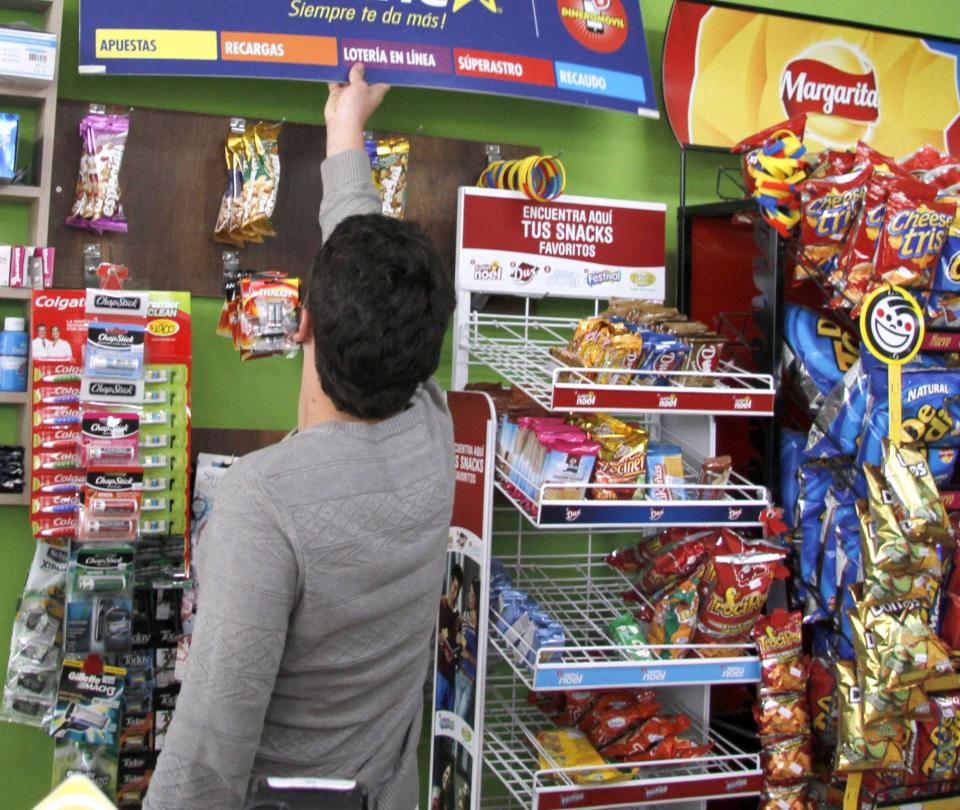In the ‘war’ of price reductions and promotions that have unleashed the large supermarket chains to relieve customers burdened by high inflation, neighborhood stores –the most popular shopping channel in the country– they are left behind by the lack of ability to react.
(See: That’s how they are and this is what the ‘outlets’ of the Alkosto and Éxito chains offer).
The issue is not minor and only competition, given the importance of this channel for the consumer: the National Federation of Merchants, Fenalco, It calculates that between 42% and 46% of Colombian families usually buy supplies in neighborhood stores.
The percentage is relevant and may vary in the current situation, given the need that consumers have to look for better options to satisfy their needs according to their current purchasing power.
That will bring benefits to the ‘discounters’ (Ara, D1 and now Ísimo), who have entered the neighborhoods to participate in the market that the shopkeepers had colonized for years.
Thirty, a digital ecosystem that already exceeds one million micro-entrepreneurs in Colombia and more than five million in Latin America, made an analysis of the situation of this purchasing channel, based on 275,000 points of sale that use the tool in some 25 cities in the country.
(See: The products that have dropped in price in the country’s supermarkets).
According to his data, the volume of sales of the traditional channel has decreased by 12%, while prices for shopkeepers have reached an average increase of 15% in the first quarter of the year.
It adds that food and beverages have been the categories that have been most affected by the effects of inflation during the first quarter, with a variation driven by fruits and vegetables that has had an increase of 28.67%; liquors, 15.45%; health care, 9.91%; personal care, 9%, and pantry 8.78%.
This brings a considerable rise in average household spending and cuts some less necessary products, says the analysis.
For Thirty, due to the drop in the dollar in recent months, large stores announced discount campaigns leveraged by this phenomenon, in order to attract Colombian families to these purchase formats.
“The traditional channel has no choice but to continue resilient, serving in 95% of cases the most vulnerable families to whom they must trust, and maintaining fair prices at the same time”, he assures.
For Thirty, with this scenario, discounts will arrive in neighborhood stores in the coming months, as the market adjusts to the fall in the dollar.
It warns that “The effect will not be immediate as in large stores due to technological deficiencies, the lack of access to sustainable credit, and the difficulty of preparing for news of international economic changes because they are serving from Sun to Sun.”.
Man Hei Lou, co-founder of Thirty believes that “it is necessary to promote the competitiveness of this sector that supplies 95% of the cases to the most vulnerable households in the country, stimulating the growth of the sector”.
(See: The discounts that the ‘unknown’ ‘outlet’ of Falabella has).
“An equitable society requires changes that can be fostered by the digitization of businesses and the financial inclusion of Colombian shopkeepers who are part of the popular economy.“, said.
When analyzing the last moves of the ‘retail’ that are framed in the measure of reducing their prices to the final customer, Fenalco warns that the food retail trade in Colombia, from the modest corner store to the large chain, works with “supremely low” profit margins.
reveals that For every one hundred pesos of merchandise sold, a supermarket obtains a net profit between two and four pesos.
“In more technical terms, the net profit margin is between 2 and 4% and this is so due to intense competition,” he notes.
Fenalco adds that the announcement of price reductions to a selected group of foods that have a significant weight in the family basket, that several chains have made and that will surely be temporarily extended to more companies, not only with national coverage but also chain supermarkets that operate regionally, is a very significant effort made by organized commerce in the country to collaborate in the battle against inflation and to avoid the possibility of the price control formula being applied to them.
(See: This is how the new Ísimo discount stores are in Bogotá).
By working with reduced marketing margins, the chains must double their efforts to reduce the so-called logistics costs, now on the rise due to phenomena such as the poor condition of the roads, the constant closures of the roads, the blockades and the demonstrations that have become recurrent.
In this order of ideas, the trade union highlights, the idea of a labor reform that increases its costs would go against said efforts.
The places to stock up
According to Kantar, at the end of last year, the consumer was affected by the rise in prices and decreased their purchase volume to achieve efficiencies in their budget. The basic household basket was the most affected in volume due to category abandonment and less purchase frequency.
Indeed, at the end of 2022 the purchase frequency in the traditional channel decreased 15%, which has brought an advantage to discounters with an increase of 20% and in the Modern channel, where independent chains reached 11% of household spending .
The firm specifies that the Colombian has increased the price paid in the family basket by 46% in the last 3 years, which has generated changes in their buying habits.
CONSTANCE GOMEZ GUASCA
Journalist Portfolio












